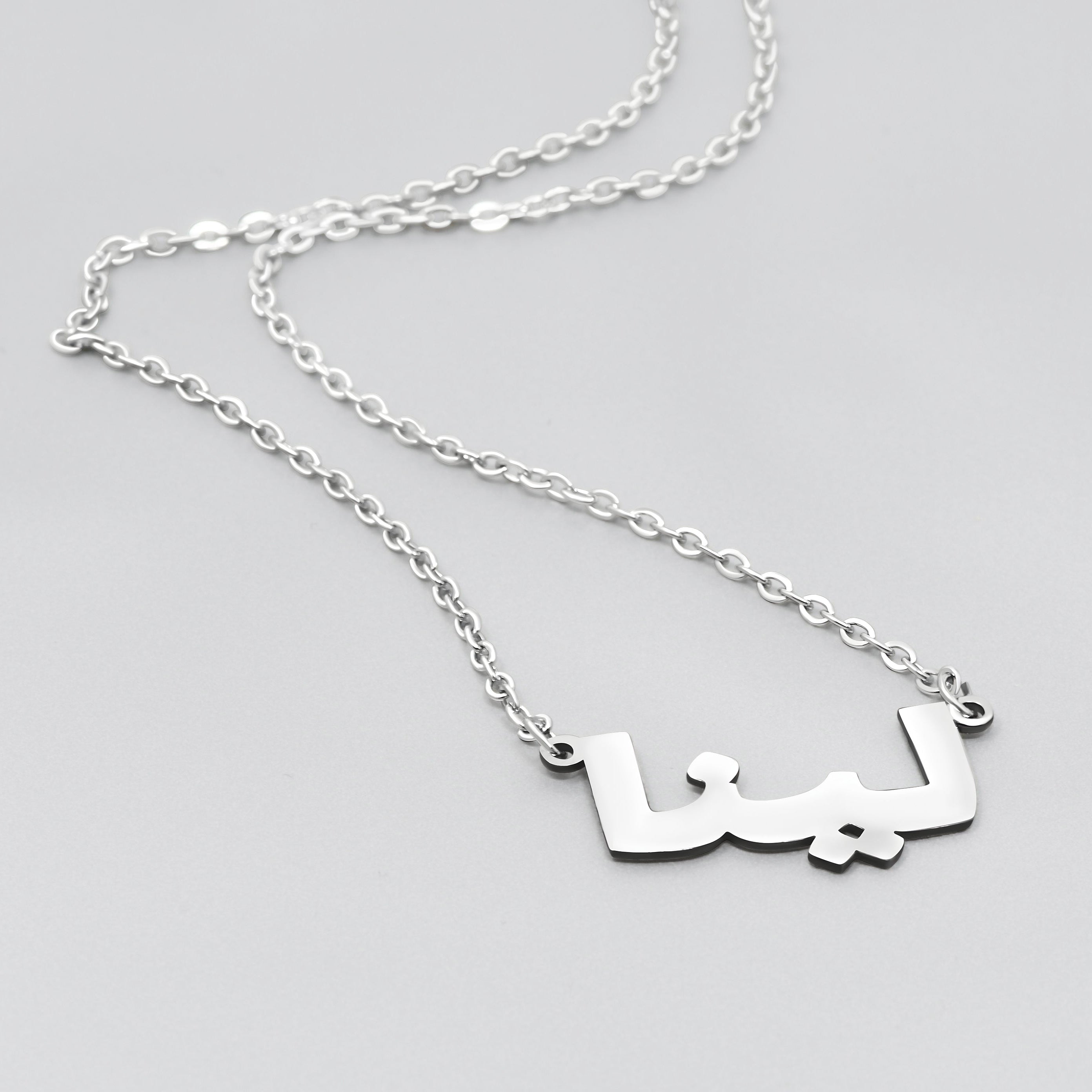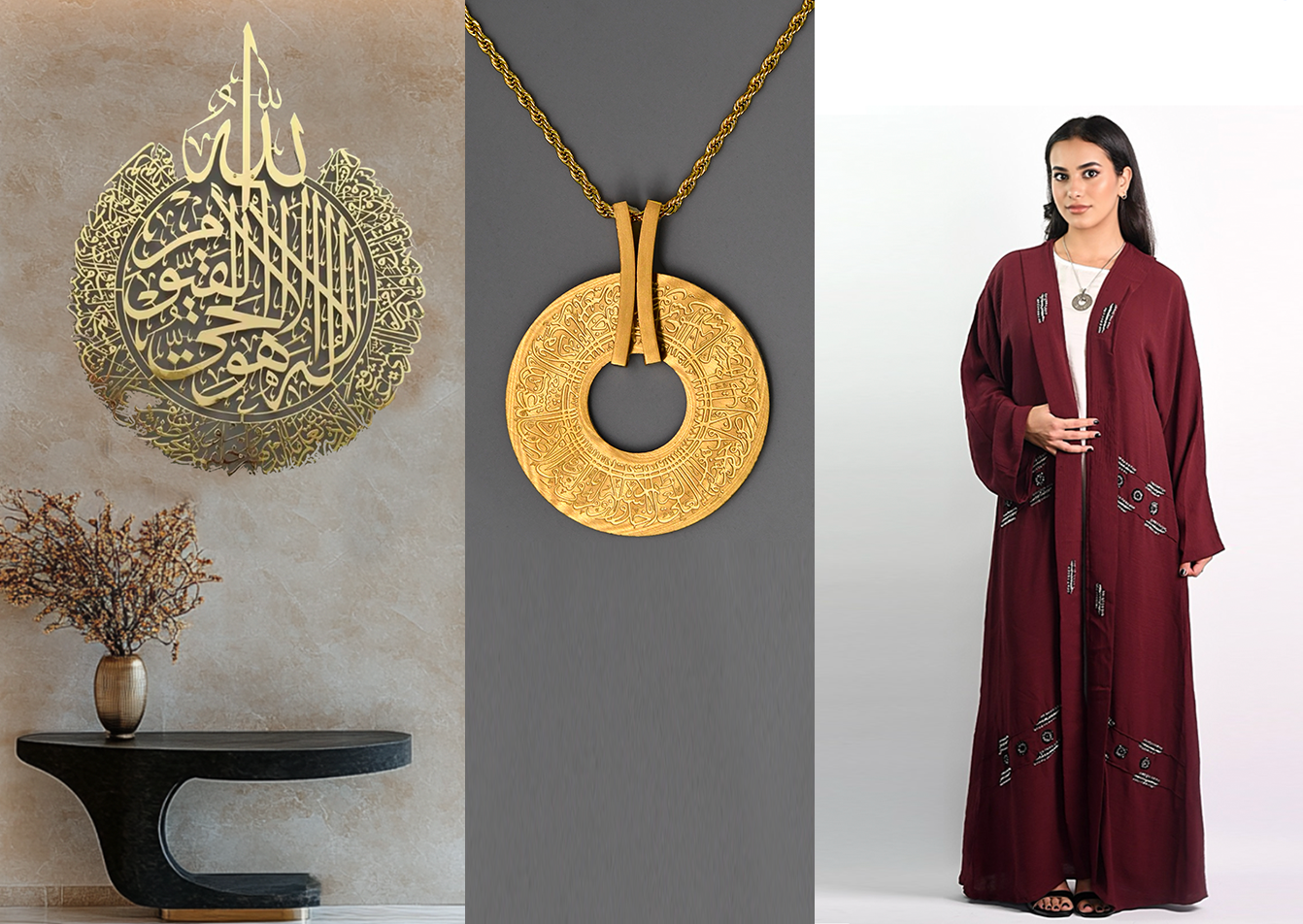Introduction
The fashion industry is witnessing a shift as modest fashion carves out a space on social media, everyday wardrobes, and the runway. The abaya is at the forefront of this modest movement; the abaya is a timeless and elegant wardrobe rooted in Middle Eastern culture that is now being embraced worldwide. The abaya has undergone cultural and social transitions to represent a new era of modern and modest styles. Today, abaya styles fit any occasion and fashion taste because of their global adaptation and increased popularity. In this blog, we will explore why abayas are gaining popularity worldwide by looking at their cultural roots, how their versatile style can create new and unique looks, and Noureem’s angle on modern abayas and the future of modest fashion.
What is an Abaya?
An abaya, translated as a “loose-fitting outer garment” in Arabic, is an unrestrictive and flowy robe traditionally worn by women pre- and post-Islamically in the Arabian peninsula. Historically, this garment was black with minimal to no designs and consisted of long sleeves and a flowy skirt that went down to the ankles to ensure modesty. While the abaya is still commonly known to be all-black and straightforward, modern interpretations have introduced new designs, fabrics, patterns, and colors to the historical style. This garment is still considered the most popular dress in the Muslim world, with women sporting this look with day-to-day activities, dressy occasions, and even stay-at-home looks. Its popularity is commonly due to its comfortability and versatility, as it can be worn as a stand-alone or overgarment.
Abayas are constantly a talking point in the shifting fashion world. Their popularity is increasing; people want different interpretations of classic, modest designs. Hence, designers have continuously introduced new styles and interpretations of the traditional abaya to appeal to those wanting a fresh take on a classic look.
The Cultural Roots of Abayas
The abaya originated in the Arabian Peninsula and has long symbolized grace, modesty, and affluence in Islamic and cultural traditions. Historians first saw the use of abayas in ancient Mesopotamia and the Arabian Peninsula over 4,000 years ago. Historical documentation has revealed that pre-Islamic people would wear these long, loose-fitting garments to protect against the harsh weather environments of the Middle East. These freeform garments offered comfort from their loose design and protection as a physical shield against the sun and sand.
Whether the abaya originated in the Arabian Peninsula or was introduced by Iran and Iraq is contested. Some claim that Iraqi and Iranian merchants first introduced the garment, which spread to nomadic tribes in the desert. During this era, widespread adaptation of the abaya became culturally significant; the abaya first used as a garment for the nomadic people as an environmental protection shield, began to be culturally adapted and used as a status symbol to portray one’s rank in society. The elite commonly wore these abayas with a veil, considered a sign of luxury, as not everyone could afford this accessory. These abayas were still modest and flowy but now had a cultural meaning associated with them.
The introduction of Islam gave the abaya a new meaning and reignited their demand. Due to its modest nature, Muslims began to wear it in their daily lives. Furthermore, Islam’s emphasis on maintaining modesty in dress and ornamentation has preserved the abaya's simple appearance. Today, the modern traditional black abaya is very similar to what post-Islamic Muslims would wear. In addition, cultural adaptations of the abaya have created a variety of styles and designs infused with unique embroideries and fabrics. This blend of Islamic influence, cultural prominence, and the ever-changing modern fashion industry has brought the abaya into the spotlight of modernization.
Why Abayas Are Gaining Global Popularity
Abaya's rich history and continued relevance have created a demand for diverse styles. Furthermore, the rise of social media has put eyes on these unique styles that are still worn in the Middle East today by hijabi influencers, international designers, and runway looks. Often, these influencers are sporting abaya looks fused with contemporary styles, new fabrics, cuts, and embellishments, making abayas more versatile and fun for different occasions. Furthermore, people still yearn for comfortable clothing, and abayas have not deviated from their historical roots in comfort and practicality due to their loose and flowy nature. The rise of the modest fashion movement has put these garments in the limelight because of their elegant and full-coverage nature. Thus, women practicing modesty in the West desire a modest garment that shares the stylistic and fashion choices of the modern world.
Styling Abayas for Everyday & Occasions
Styling abayas for an everyday look can be a fun and exciting way to introduce a new piece of clothing into your daily rotation of tried-and-true outfits. Because of their versatility, abayas can easily be layered on top of casual outfits to create a more elegant and unique appeal. For example, try layering a monochromatic textured open abaya on top of a simple blouse and pair of jeans. You can pair this with a custom Arabic name necklace (or other language of preference) and heels. Adding an open abaya to your look improves your style's creativity and fun.
For a dressy occasion, try wearing a shimmery butterfly abaya on top of a dress. If you want to sport the abaya on its own, feel free to pair it with a matching belt. At Noureem, we sell a variety of elegant and dressy abayas, including shimmery open butterfly abayas with optional belts. These styles capitalize on modernity with the shimmer and double-layered chiffon but keep their historical roots with modesty and flow.
Noureem’s Unique Angle
At Noureem, we want to help you embrace your modest fashion choices with a modern twist. We offer a variety of modern abayas for day-to-day looks or dressy occasions. Our abayas come in various colors and textures, making them suitable for any weather. Furthermore, we offer customizable Arabic jewelry and Arab map necklaces in gold and silver plating to make your look truly yours by honoring your identity and heritage. Explore our curated abaya collection and matching accessories at www.Noureem.com.
Conclusion
The abaya’s journey from cultural garment to global icon proves that modesty and modernity coexist in the modern world. Whether dressing for Iftar, a coffee outing or just to lounge in the house, abayas, paired with meaningful jewelry, offer endless ways to celebrate one's heritage and individuality. Explore our collections today to find the modern abaya that speaks to you!




